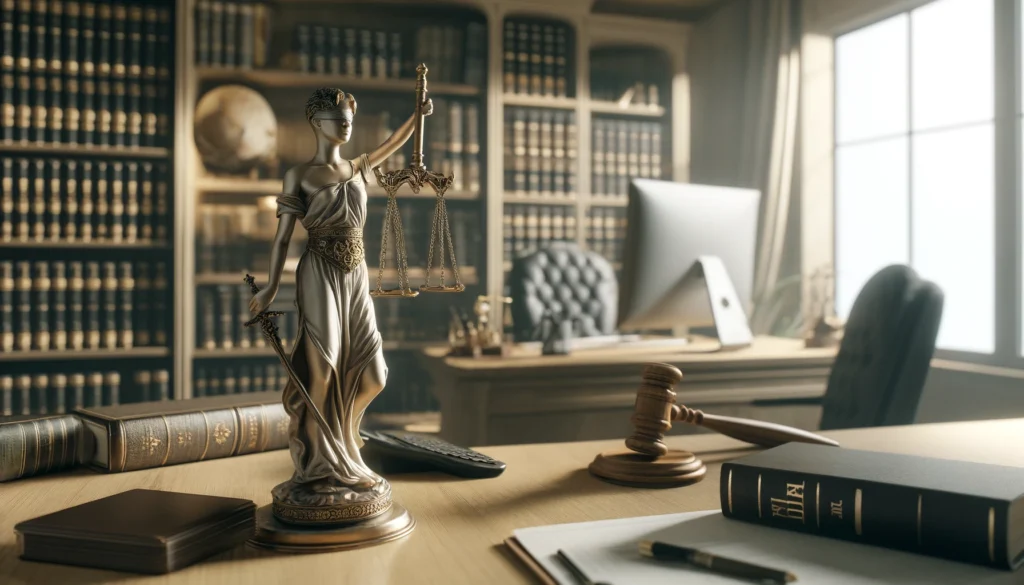
Setting the Stage: The Modern Paralegal’s Toolkit
The evolution of the paralegal’s role in corporate law has been remarkable. Once limited to administrative support, paralegals today engage in complex legal tasks, from contract review to intricate compliance checks. As corporate law grows more nuanced, the tools available to paralegals must also evolve. Enter AI and Large Language Models (LLMs)—specifically, ChatGPT. This technology offers a novel way for paralegals to augment their capabilities, promising efficiency, accuracy, and a new dimension of collaboration.
Bridging Technology and Legal Expertise: The Power of ChatGPT
ChatGPT, an advanced LLM, stands at the intersection of technology and legal expertise. Its capabilities are vast, encompassing everything from drafting documents to answering complex queries. For corporate paralegals, this means a reliable digital assistant that can streamline workflows, enhance precision, and ensure high-quality deliverables. By integrating ChatGPT into daily tasks, paralegals can focus on strategic work, while routine tasks are executed seamlessly.
Understanding Employee Stock Option Plans (ESOPs): A Primer
To leverage ChatGPT effectively, it’s crucial to understand the fundamentals of Employee Stock Option Plans (ESOPs). An ESOP is a benefit plan that provides employees with ownership interest in the company. Key legal considerations include tax implications, eligibility criteria, and compliance with securities laws. Precision and clarity are paramount in ESOP drafting, as even minor errors can lead to significant legal and financial repercussions.
Nuanced Prompts for Drafting ESOPs
Effective use of ChatGPT begins with well-crafted prompts. A nuanced prompt ensures that the generated content meets specific needs and maintains high legal standards. For example, a basic prompt might be:
“Draft an Employee Stock Option Plan document for a mid-sized tech company, including eligibility criteria, vesting schedule, and tax considerations.”
To refine this, consider more specific prompts:
- “Include a detailed explanation of the vesting schedule, specifying both time-based and performance-based vesting conditions.”
- “Add a section on the tax treatment of stock options for both the company and the employees, considering federal and state regulations.”
- “Draft a clause on the procedure for exercising options, including notice requirements and payment methods.”
These refined prompts help ChatGPT to produce more tailored and legally robust documents.
Advanced Techniques: Making the Most of ChatGPT
For more sophisticated tasks, advanced techniques in using ChatGPT can be transformative. Layering prompts is one such technique. Start with a broad framework, then layer in specifics:
“Draft an ESOP. Now, include sections on the vesting schedule, tax implications, and exercise procedures. Finally, ensure compliance with SEC regulations.”
This approach not only ensures comprehensive content but also allows for iterative refinement. Combining analytical and creative inputs will further enrich the output. For instance:
“Analyze the tax implications of stock options, then creatively suggest ways to optimize tax benefits.”
Cross-referencing legal concepts within the prompt ensures that the output is cohesive and legally sound. The synergy of analytical rigor and innovative thinking can elevate the quality of ESOP documentation.
Quality Assurance: Ensuring Accuracy and Compliance
While ChatGPT can generate high-quality content, human oversight remains indispensable. Verifying GPT-generated content is essential to ensure accuracy and compliance. Multi-step verification processes, such as peer reviews and cross-referencing with external legal sources, can catch potential errors. For example:
- Reviewing generated text for alignment with current laws and regulations.
- Cross-checking key sections against precedent cases and authoritative legal texts.
- Incorporating feedback from senior legal professionals to fine-tune the document.
These steps create a robust safety net, ensuring the final document’s reliability.
Real-time Collaboration: Maximizing Efficiency
Integrating ChatGPT into collaborative platforms can significantly enhance teamwork. Tools like Microsoft Teams or Slack can incorporate AI workflows, allowing paralegals to share, review, and refine documents in real time. This fosters a collaborative environment where AI-generated drafts can be swiftly perfected by human expertise. Effective case management through AI assistance also ensures tasks are completed efficiently and deadlines are met consistently.
Ethical Considerations and Data Privacy
Handling sensitive data with AI necessitates stringent ethical considerations and data privacy protocols. Paralegals must ensure that client confidentiality remains intact. This involves:
- Using encrypted communication channels when sharing AI-generated documents.
- Regular audits to ensure compliance with data protection laws.
- Maintaining transparency with clients about AI’s role in their legal matters.
Ethical AI utilization is not only a legal requirement but also a cornerstone of building trust with clients and stakeholders.
Continuous Learning: Keeping Up with AI Advancements
As AI continues to evolve, staying updated becomes imperative. Paralegals should engage in continuous learning through training modules, webinars, and professional courses. Resources like the ABA Journal or dedicated AI in law workshops can provide valuable insights. A tech-savvy legal team is better equipped to leverage advancements, ensuring sustained competitive advantage.
Future Prospects: AI and the Evolution of Paralegal Work
The future landscape of paralegal work will be significantly shaped by AI. Predicting future trends allows paralegals to stay ahead of the curve. Embracing change and innovation will be key, as will personal growth and career development. Paralegals who adapt to these changes will find new opportunities for specialization and leadership within their organizations.
The Final Word: Empowering Paralegals with AI
In conclusion, the integration of AI, particularly ChatGPT, into corporate paralegal work represents a transformative shift. By leveraging AI, paralegals can enhance their efficiency, precision, and overall efficacy. This AI partnership paves the way for a future where paralegals are not just support staff but strategic players in the corporate legal landscape. The journey is one of continuous improvement, learning, and embracing the future with a blend of technological and legal prowess.


